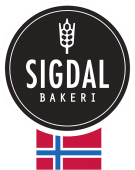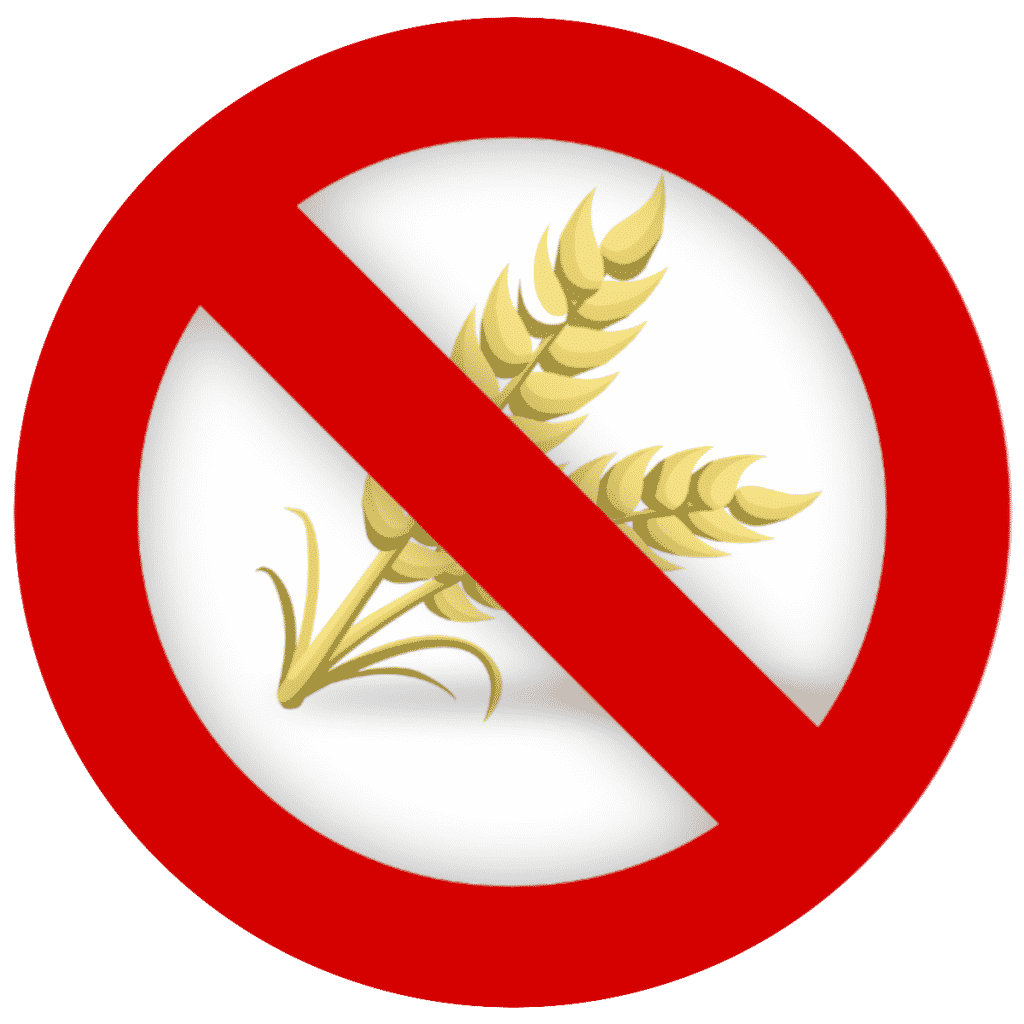
The choice of gluten-free food
Gluten is a protein that gives elasticity to cereal flours and therefore facilitates the rising of doughs made with these flours. So, no beautiful pastries without gluten!
It is hidden in cereals such as wheat, barley, rye, oats, spelt or wheat, but also in processed products that we would not think of: chocolate bars, ice creams, sauces, soups, preserves, ready-made meals, cold meats, beer, etc.
In 2020, the French Association of Gluten Intolerants estimates that 8% of the French population will be eating gluten-free. Among these 8% :
- 45% are sensitive to gluten (non-celiac)
- 19% stop eating gluten for another digestive disease
- 13% are truly gluten intolerant (coeliac)
- 10% are allergic to wheat
- 7% do not eat gluten any more out of solidarity with the family diet
- 6% adopt this diet without a medical reason
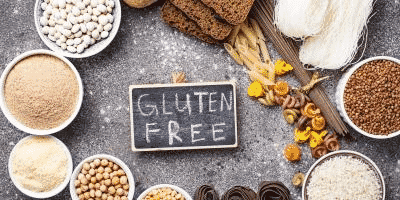
What is a gluten-free diet?
The aim is to reduce or even eliminate the consumption of all foods containing gluten, while maintaining an optimal nutritional intake and a varied and balanced diet.
As gluten is present in many foods such as pasta, ready meals, cereals, biscuits, pastries, pizzas, sauces ..... it is important to consume products that do not naturally contain gluten or alternative products labelled "gluten free".
Naturally gluten-free foods include :
- Meat: fresh beef, lamb, goat, chicken and turkey
- Seafood: fresh fish, scallops, lobster, clams, etc.
- Tofu: made from gluten-free soybeans Milk and eggs
- Fresh and dried vegetables and fruit,
- Maize, rice, tapioca, quinoa, soybeans, chickpeas, beans, buckwheat, potato starch, millet, sorghum, amaranth and teff
- Mustard, dry spices, white vinegar
- Chocolate, ice cream and sorbets
- Cider and wine. Hard alcohols are generally gluten-free since even though they are made from grain, the distillation process makes them gluten-free.
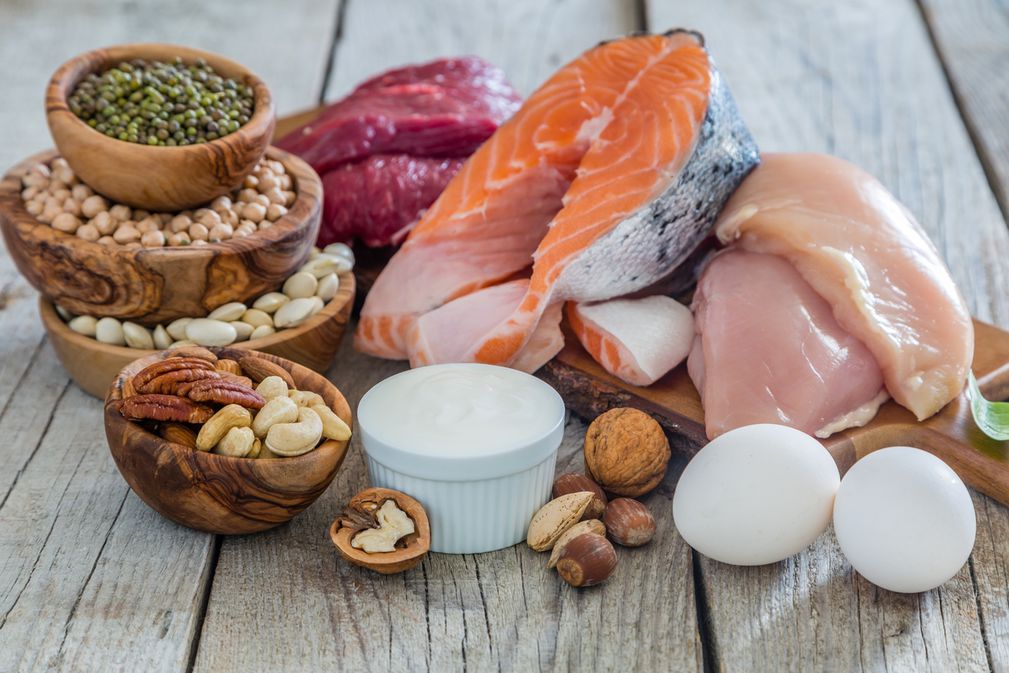
Alternatives to gluten :
Instead of wheat pasta, you can eat pasta made from pulses or corn. Instead of classic bread made from wheat flour, you should opt for bread made from corn flour or breads made from a variety of flours sold in organic shops. As for flours, to make cakes for example, it is better to use chestnut, corn, quinoa, buckwheat, etc.
The 2005 regulations specify that the presence of gluten must be indicated in all preparations containing it. All products labelled "gluten-free" must contain less than 20 ppm (parts per million) of gluten. However, there is a risk of traces of gluten in some preparations that are supposed to be gluten-free because they are manufactured in factories where preparations containing gluten are also manufactured. The precautionary principle therefore recommends that "may contain traces of gluten" be included in the list of ingredients of these products.
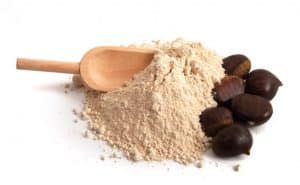
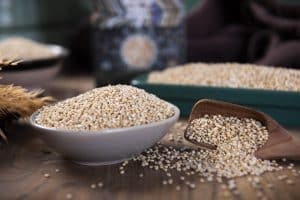
Benefits of a gluten-free diet
The primary benefit is the alleviation of symptoms of celiac disease (gluten intolerance) in genetically predisposed individuals. Symptoms of this disease can include stomach aches, vomiting, diarrhoea, muscle weakness, chronic fatigue, etc.
Better absorption of nutrients by the body also results in increased energy and mood, deeper sleep, stronger hair and clearer skin.
Today, there is a fashion effect around gluten-free, a diet claimed by sports personalities and celebrities for its health benefits, weight loss and increased vitality. However, scientific studies have shown that there is no benefit to following a gluten-free diet when an individual is not allergic or intolerant to gluten.
